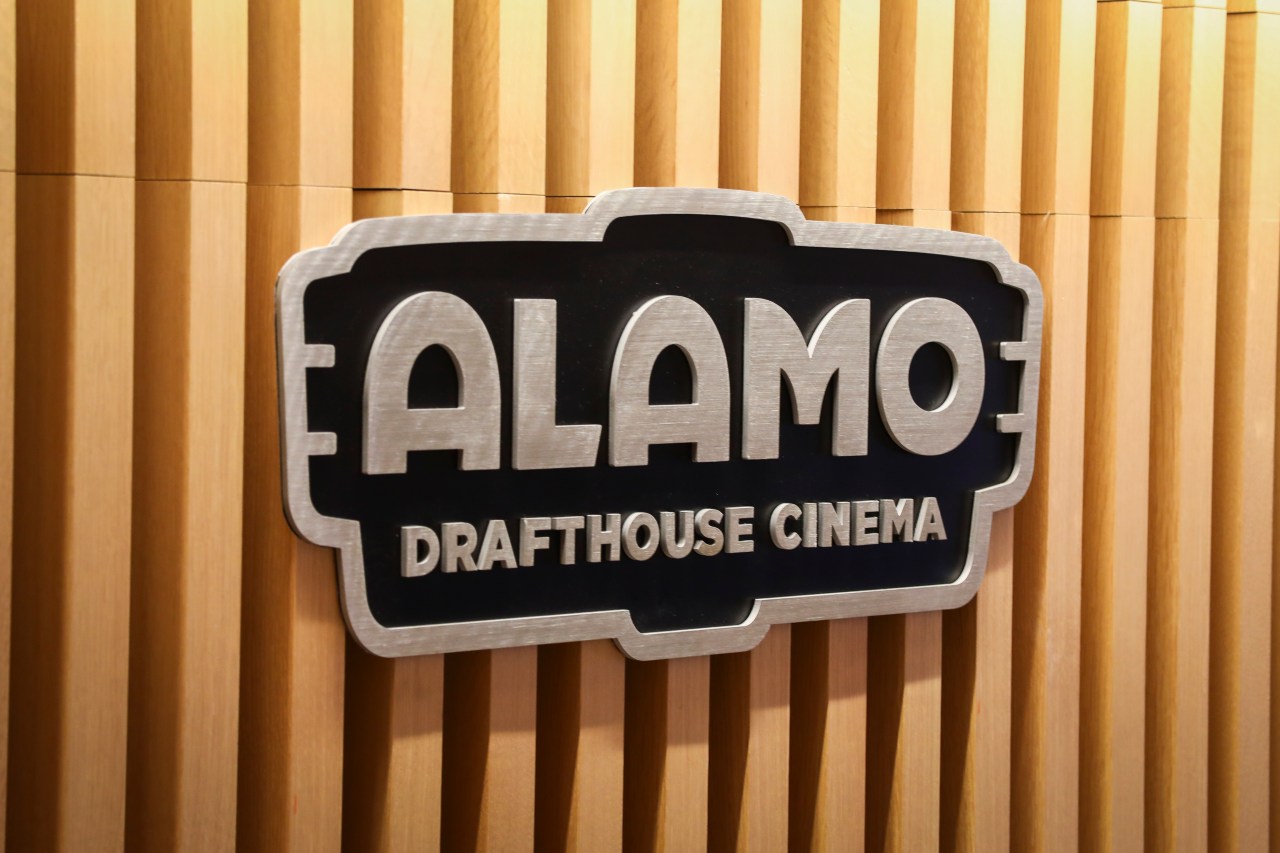
Sony Pictures Entertainment is getting into the exhibition business. The studio behind recent films like “Bad Boys: Ride or Die” and “The Garfield Movie” has acquired the distinctive theater chain Alamo Drafthouse Cinema, the companies said Wednesday. Included in the deal is the genre film festival Fantastic Fest.
Sony said it will continue to welcome content from all studios and distributors at the dine-in theaters.
Alamo Drafthouse was founded in 1997 as a single screen, family-owned repertory theater in Austin, Texas, and has grown to 35 locations in North America. It distinguished itself in the exhibition landscape with drinks, dine-in food service and a cool vibe that became a favorite of cinephiles.
“We are beyond thrilled to join forces with Sony Pictures Entertainment to expand our company vision to be the best damn cinema that has ever, or will ever, exist now in ways we could only ever dream of,” Alamo Drafthouse founder Tim League said in a statement. “They have a deep respect and understanding of cinema’s ability to both drive growth and create lasting cultural impact which aligns perfectly with everything Alamo Drafthouse stands for.”
For Sony, the Drafthouse acquisition is also tied into its experiences initiatives, including its Wheel of Fortune Live! Traveling tour and the Wonderverse space in Chicago. Ravi Ahuja, the president and chief operating officer of Sony Pictures Entertainment, also noted that the studio’s Crunchyroll films are particularly aligned with the interests of Drafthouse fans.
Alamo Drafthouse has seen its ups and downs over the years. In March 2021, the company filed for Chapter 11 bankruptcy, closed some locations and canceled plans to open new ones. Alamo emerged from bankruptcy at the end of May 2021, under the ownership of League, Altamont Capital Partners and Fortress Investment Group. Michael Kusterman, a former executive at Caveman Foods, was named Alamo CEO. He will remain, heading the newly established Sony Pictures Experiences division and reporting to Ahuja, the statement said.
Last year following the frenzy of Barbenheimer, employees at the Alamo Drafthouse in Manhattan and Brooklyn voted to unionize. Similar efforts were attempted at locations in San Francisco and Austin and were met with resistance from the leadership.
For many years, Hollywood studios could not run movie theaters and control what was played on those screens following a landmark antitrust Supreme Court case in 1948 that outlawed practices like “block booking,” in which studios required theaters to book a bundle of their films. Each of the major studios entered into a consent decree with the Department of Justice, known as the Paramount Consent Decrees, which required the major studios that owned theaters at the time to either divest distribution operations or their theaters.
Conflicts between Hollywood studio business practices and the federal government go back to the early 1920s, over concerns about vertical integration and the monopolization of film production and distribution. In the 1930s and 1940s, most first-run movie theaters had only one screen.
Distribution and exhibition have undergone vast changes since the days of the Paramount Consent Decrees, including the proliferation of multiplex theaters that show films from different exhibitors throughout the day and the advent of television, home video and streaming. The separation mandate officially went away in 2020 when the Paramount Consent Decrees were terminated.
Now Netflix, for instance, owns several theaters in New York and Los Angeles, and the Walt Disney Co., which was not part of the original “big eight” in the 1940s, owns and operates the El Capitan in Los Angeles. Movie theater chains have also stepped outside their lane recently, with artists like Taylor Swift and Beyoncé partnering directly with AMC Theaters to distribute their concert films.
Suggest a Correction
